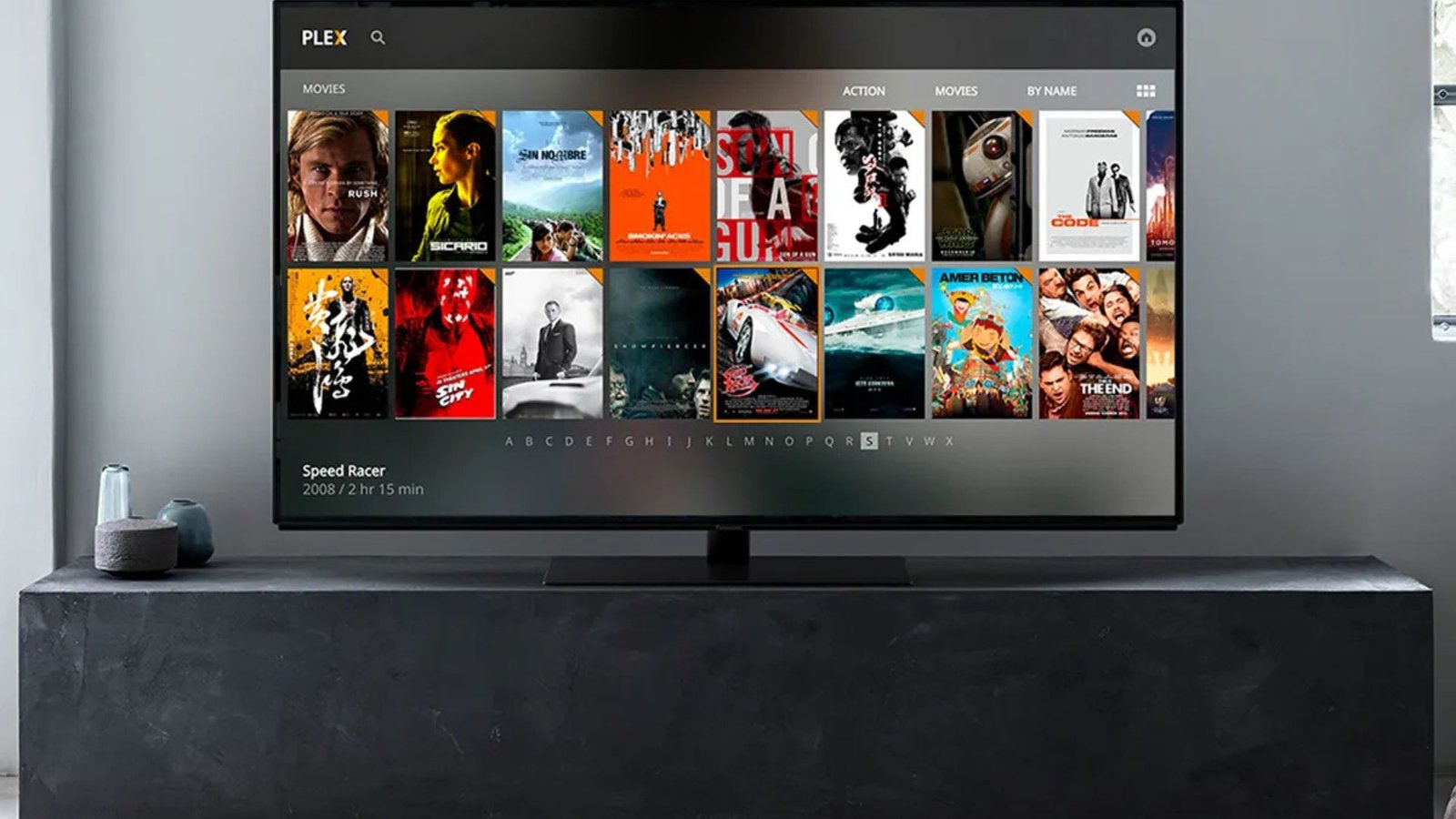Artificial Intelligence (AI) has rapidly become a pivotal element in enhancing the functionality and user experience of modern smart TVs. By incorporating AI, manufacturers are not only improving picture and sound quality but also making TVs smarter and more intuitive. From content recommendations to voice control and beyond, AI is transforming how we interact with our televisions.

Content Recommendations
One of the most prominent applications of AI in modern smart TVs is content recommendation. AI algorithms analyze your viewing habits, preferences, and watch history to offer personalized content suggestions. This means that instead of scrolling through countless options, your smart TV presents shows, movies, and documentaries based on what it believes you’ll enjoy the most.
- How it works: AI uses machine learning to assess your viewing patterns, such as genres, actors, and even the time you typically watch TV. Over time, the system gets smarter, providing increasingly accurate recommendations. Netflix, YouTube, and other streaming platforms on smart TVs rely heavily on this AI-driven recommendation engine.
Voice Control and Virtual Assistants
AI-powered virtual assistants like Amazon’s Alexa, Google Assistant, and Apple’s Siri have become integral to smart TVs. These assistants allow you to control your TV using voice commands, making the experience hands-free and more convenient.
- Voice functions: With AI, you can ask your TV to change the channel, adjust the volume, search for a specific show, control smart home devices, and even answer general knowledge questions—all without using a remote. AI voice assistants understand natural language, allowing for more conversational interactions.
- Enhanced accessibility: For users with disabilities, voice control features make it easier to navigate content, change settings, and access streaming services, providing a more inclusive experience.
Improved Picture and Sound Quality
AI has revolutionized the way smart TVs enhance image and audio quality. Modern TVs now incorporate AI-driven technologies that can automatically adjust settings based on the content being viewed and the surrounding environment.
- Picture quality enhancement: AI is used to analyze the content frame by frame, detecting elements like color accuracy, brightness, and contrast. Features like AI Upscaling improve lower-resolution content by enhancing the details and sharpness to near-4K or 8K quality, even if the source material isn’t in high definition.
- Sound optimization: AI algorithms also fine-tune the sound to suit the content and room acoustics. For example, it can adjust audio levels for dialogue clarity during a movie or amplify bass during action scenes, creating a more immersive audio experience.
Smart TV Interface and Navigation
The user interface (UI) on modern smart TVs is becoming increasingly intuitive thanks to AI. Traditional TV interfaces required navigating through menus and options manually. AI streamlines this process, learning what content you watch most often and surfacing it on the main screen for quicker access.
- Automatic organization: AI organizes your content based on categories like genre, popularity, or what you’ve watched before, saving you time and frustration. For instance, the TV may show your favorite streaming apps or offer the next episode of a show you’re watching.
- Gesture and facial recognition: Some smart TVs are using AI-powered gesture recognition to control the interface. For instance, you can change the volume or pause content with a simple wave of your hand. Additionally, facial recognition features could allow the TV to adjust settings automatically based on who’s watching.
Energy Efficiency
AI is also playing a role in making modern smart TVs more energy-efficient. By analyzing the content being viewed, AI can adjust the brightness and screen settings to reduce power consumption. Some TVs have a feature called “ambient light sensing,” where the screen adjusts its brightness based on the lighting in the room.
- Adaptive power-saving: AI can even detect when the TV has been idle for a while and automatically turn it off or enter power-saving mode. This helps users save energy without thinking about it.
Conclusion
AI is transforming smart TVs into highly intelligent, responsive, and immersive entertainment hubs. From content recommendations to voice control, picture and sound optimization, and even enhanced gaming experiences, AI enhances both the user interface and overall experience. As technology continues to advance, AI will likely play an even bigger role in shaping the future of smart TV functionality.



